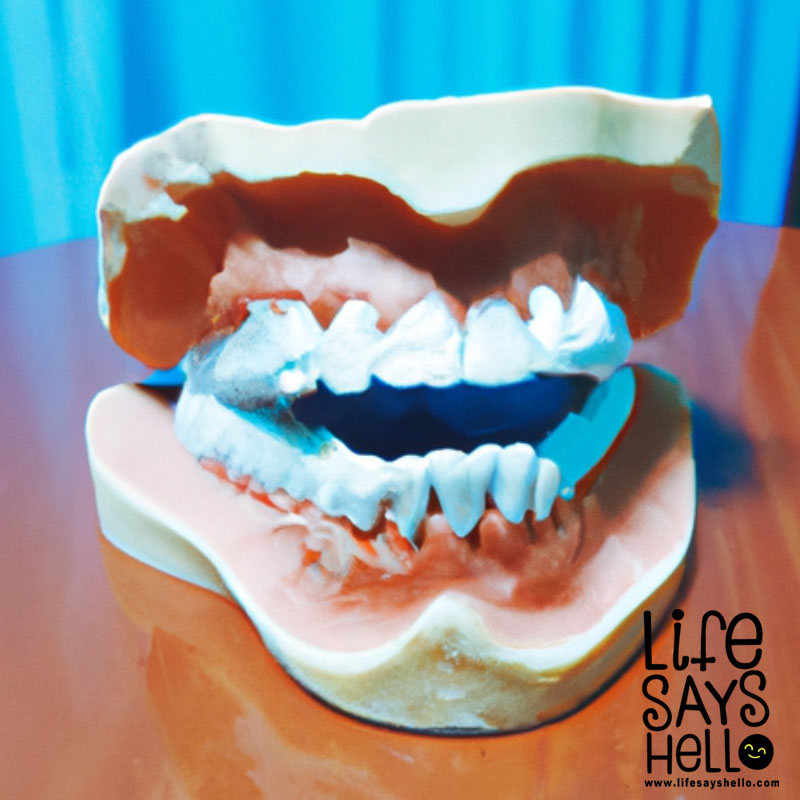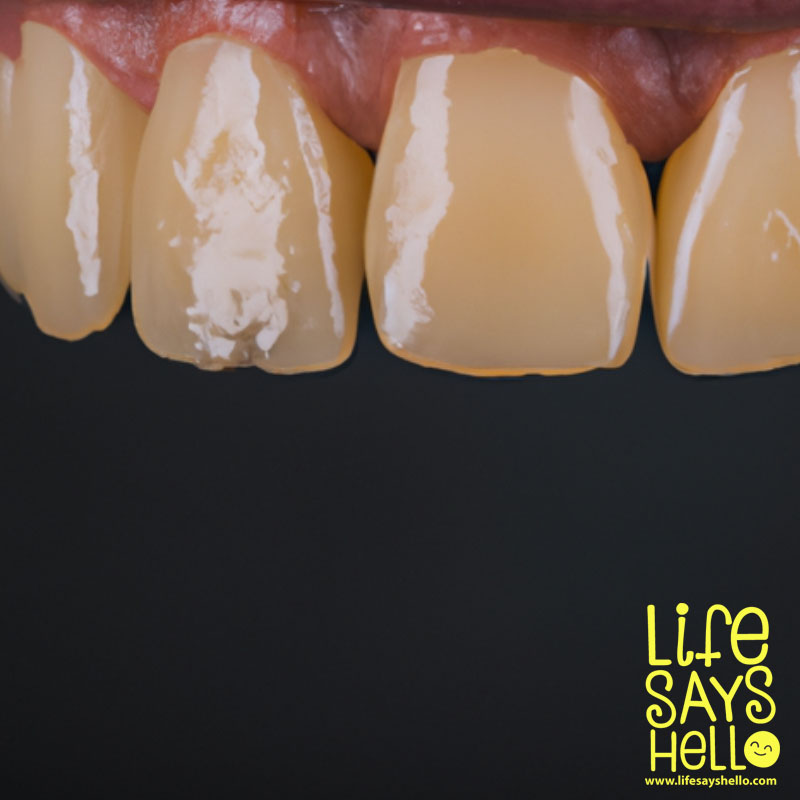Why Are My Teeth Shifting? Uncovering the Causes, Prevention, and Solutions for a Healthy Smile

Have you ever wondered why your teeth seem to be moving out of place, even after years of having perfectly aligned teeth? In this comprehensive guide, we'll explore the causes of teeth shifting, ways to prevent it, and solutions to help you maintain a healthy, confident smile.
Teeth shifting is a common dental concern that affects people of all ages. It can lead to a variety of issues, including misaligned bite, difficulty in cleaning, and even self-consciousness about one's appearance. Understanding why teeth shift and knowing how to prevent and address this issue is crucial for maintaining good oral health and a beautiful smile. In this article, we'll dive into the reasons behind teeth shifting and provide practical tips and solutions for prevention and treatment.
Causes of Teeth Shifting
1. Age and Natural Changes
As we age, our teeth and the supporting structures in our mouth undergo natural changes. The jawbone loses density, and the gums may recede, causing teeth to shift slightly. Additionally, the constant pressure from chewing and biting can cause teeth to move over time. While these changes are normal, they can still impact the alignment of your teeth.
2. Wisdom Teeth
Wisdom teeth, or third molars, often emerge during late adolescence or early adulthood. They can cause significant problems if there isn't enough space for them to grow properly. In some cases, wisdom teeth can push other teeth out of their proper positions, leading to shifting and overcrowding.
3. Tooth Loss
Losing a tooth, whether due to injury or decay, can create a gap that allows the surrounding teeth to shift towards the empty space. This movement can cause misalignment and bite issues, as well as make it more challenging to clean the teeth effectively.
4. Bruxism (Teeth Grinding)
Bruxism, or teeth grinding, is a condition that affects many people, often during sleep. The constant pressure and grinding motion can wear down the enamel and cause teeth to shift over time. If left untreated, bruxism can lead to further dental issues, including tooth sensitivity and even tooth loss.
5. Orthodontic Treatment Relapse
After completing orthodontic treatment, such as braces or clear aligners, there is a risk of teeth shifting back to their original positions. This relapse can occur if the patient does not follow the recommended aftercare, such as wearing a retainer consistently.
6. Gum Disease
Gum disease, or periodontal disease, is an infection of the gums and supporting structures of the teeth. As the disease progresses, it can cause the gums to recede and the supporting bone to deteriorate, leading to teeth shifting and even tooth loss.
Prevention and Solutions
1. Regular Dental Check-ups
One of the best ways to prevent teeth shifting and maintain good oral health is to visit your dentist regularly. Routine dental check-ups can help detect early signs of gum disease, bruxism, or other issues that may contribute to teeth shifting. Your dentist can also monitor any changes in your teeth alignment and recommend appropriate treatments if necessary.
2. Wearing a Retainer
Retainers play a crucial role in maintaining teeth alignment after orthodontic treatment. They help keep the teeth in their new positions and prevent them from shifting back to their original locations. It's essential to follow your orthodontist's instructions on how long and how often to wear your retainer to ensure the success of your treatment.
3. Replacing Missing Teeth
If you've lost a tooth, it's essential to consider replacement options to prevent teeth shifting and other dental issues. Dental implants, bridges, and dentures are common solutions that can fill the gap left by a missing tooth and help maintain proper teeth alignment. Consult with your dentist to determine the best option for your specific needs.
4. Treating Bruxism
If you suffer from teeth grinding, it's essential to address the issue to prevent teeth shifting and other dental problems. Night guards are a common treatment option, as they provide a protective barrier between the upper and lower teeth during sleep. Additionally, stress management techniques and lifestyle changes may help reduce teeth grinding for some individuals.
5. Maintaining Good Oral Hygiene
Practicing good oral hygiene is vital for preventing gum disease and maintaining healthy teeth and gums. Brush your teeth at least twice a day with fluoride toothpaste, floss daily, and use an antibacterial mouthwash to help keep your mouth clean and free of harmful bacteria. A healthy diet and avoiding tobacco products can also contribute to better oral health and prevent teeth shifting.
Conclusion
Understanding the causes of teeth shifting is the first step towards maintaining a healthy and attractive smile. By taking preventive measures and addressing any dental issues promptly, you can minimize the risk of teeth shifting and enjoy a confident, beautiful smile for years to come. Remember to consult with your dentist regularly and follow their recommendations for optimal oral health.




Comments